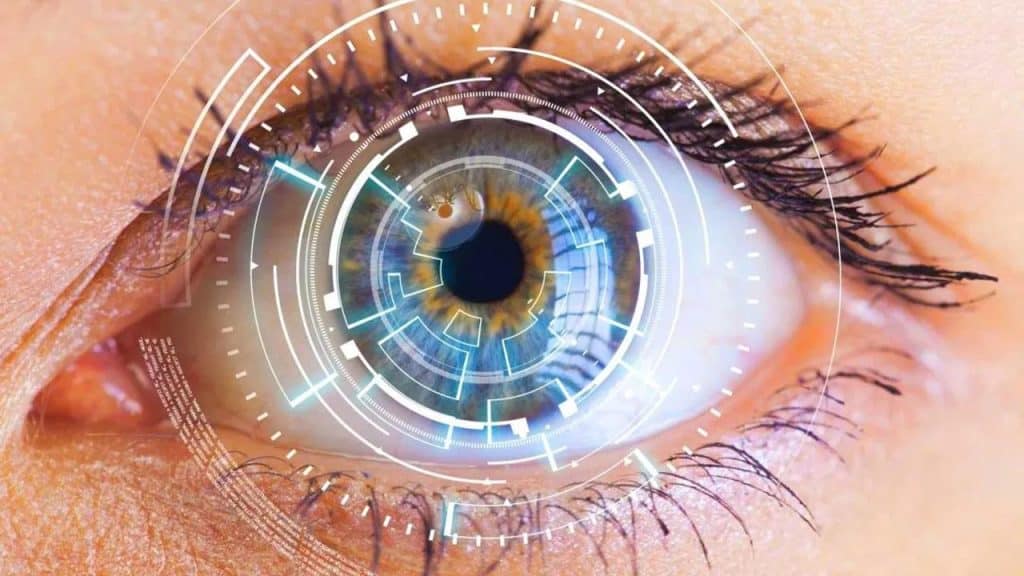No one really likes having a blood test, but it remains one of the most common diagnostic tools. Our blood tells us a lot about our body and health, including some of the most significant markers of biological age. What if we could analyze what’s going on in your blood vessels without all the needles, just by looking at your eyes?
They say the eyes are the windows into the soul, but they can be much more than that. They’re packed with some of the tiniest blood vessels in the body. Minuscule changes in these tiny capillaries can offer some of the earliest warning signs that we’re developing high blood pressure, tumors or even AIDS. Ophthalmologists are actually frontline diagnosticians.
The trouble is that with the vessels being so small, tracking changes has proved extraordinarily difficult, even with some of the most sensitive and high-tech equipment. Researchers have been pushing to find more effective ways to use the eyes in diagnostics, with Google spearheading the charge through a model that detects early signs of diabetic retinopathy and other eye diseases.
Now Google has teamed up with scientists from the Buck Institute and Zuckerberg San Francisco General Hospital to develop what they’re calling eyeAge, a type of aging clock that measures biological age. Biological age takes into account deterioration across the body – as influenced by genetics, environment and other factors – that occurs as we grow older, rather than our age in years. An accurate assessment of biological age can allow better planning and management of age-related symptoms, hopefully improving longevity.
eyeAge uses data from EyePACS, which involved multiple scans taken over many years for around 100,000 people. The newly developed model was applied to a new 64,000 patients, this time from the UK Biobank. A genome-wide association study (GWAS) was also performed, again using the UK Biobank as a source of samples. This helped identify and validate the genes implicated in eyeAge, like those involved in Alzheimer’s or strokes.
It’s estimated that the accuracy of eyeAge could be as high as 71%. Retinal scanning could be much cheaper and more reliable than phenotype measures using blood tests (which can vary depending on minor factors like when you last ate), in addition to being less invasive, so scientists are hopeful they will be able to use it widely as an evaluator of biological age.




